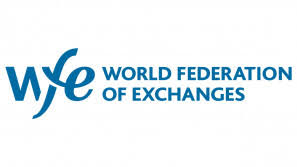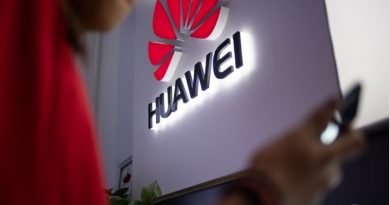A New Framework for Green Equities released by World Federation of Exchanges (WFE)
The World Federation of Exchanges (WFE), the international organization for exchanges and CCPs, recently unveiled the WFE Green Equity Principles, the first global framework for classifying stocks and shares as green. This initiative aims to combat “greenwashing” and support the increased flow of capital towards economies with higher sustainability standards.
The Principles, which all members have agreed upon, unify the concept of the industry. The “WFE Green Criteria for Equities” and the “WFE Green Equity Classification” are meant to serve as a framework. The framework is built on the five main pillars listed below:
- Revenues/investments
- Use of a taxonomy
- Governance
- Assessment
- Disclosure
The essence of the WFE Green Equity is to enable:
Exchanges to:
- promote improved access to capital by issuers whose activities are primarily green; and
- provide investors with additional information on green activities to aid their capital allocation decisions.
Issuers to:
- raise their profiles among investors that are actively looking to deploy capital to companies committed to sustainability;
- use the classification as a marketing and communications tool; and
- increase visibility of their green credentials and commitment to the green economy which can help to mitigate against greenwashing.
Investors to:
- have information that will assist them with their investment decision-making.
The WFE’s chief executive officer, Nandini Sukumar, stated: “This is a turning point for sustainable finance. Over the past year, the exchange industry has collaborated to develop the Principles, which constitute a structured framework. The WFE Green Equity Guidelines offer a well considered framework within which exchanges can set standards for issuers and investors to prove their commitment to sustainability.
Investors should be able to more easily identify companies that engage in environmentally friendly activities in a way that is rigorous and combats greenwashing. Exchanges works to combat greenwashing and offer clarity, consistency, and rigor to the concept of going green.
A longer-term road map has been agreed upon by the industry, and the WFE Green Equity Guidelines represent the first step along that route. The WFE will release a supporting guidance note to the Green Equity Principles in following phases. The WFE will then make both available for public comment and seek input from a larger stakeholder group.
The WFE Sustainability Working Group (SWG), the industry forum for all sustainability professionals in market infrastructure, is where the work is being done. The SWG has been given the formal authority to work on all public policy, industry-led standards, and global guidance on ESG for exchanges and CCPs.
The World Federation of Exchanges (WFE) is the industry grouping for exchanges and clearing houses on a global scale. Its London headquarters are home to some 300 market infrastructure providers, including independent CCPs that are not a part of exchange groupings. 21% of our members are in the Americas, 45% are in EMEA, and 34% are in Asia-Pacific.
The 91 CCPs that make up the WFE collectively make sure that risk takers provide initial margin and default fund needs of roughly $1.3 trillion (equivalent) to support their holdings. The market capitalisation of the 57,656 listed businesses on WFE exchanges is over $101.17 trillion, and the yearly trading volume through WFE members is around $146.29 trillion (EOB) (at end 2022).
The WFE produces more than 350 market data indicators and is the undisputed source for exchange-traded statistics. This online statistics collection, which covers a period of more than 40 years, offers data and insight into trends in international exchanges.
To support and promote the development of fair, transparent, stable, and efficient markets, the WFE collaborates with standard-setters, policymakers, regulators, and government organizations all around the world. The WFE concurs with regulatory agencies’ objectives of ensuring the stability and safety of the world financial system.




